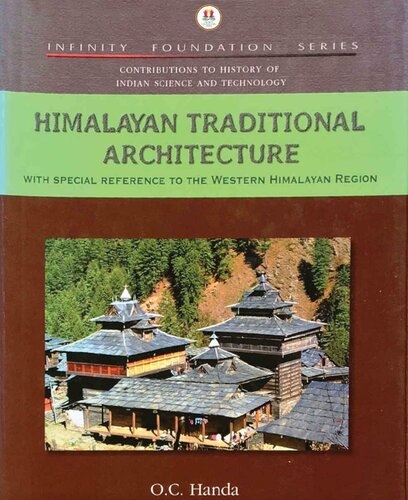

Most ebook files are in PDF format, so you can easily read them using various software such as Foxit Reader or directly on the Google Chrome browser.
Some ebook files are released by publishers in other formats such as .awz, .mobi, .epub, .fb2, etc. You may need to install specific software to read these formats on mobile/PC, such as Calibre.
Please read the tutorial at this link: https://ebookbell.com/faq
We offer FREE conversion to the popular formats you request; however, this may take some time. Therefore, right after payment, please email us, and we will try to provide the service as quickly as possible.
For some exceptional file formats or broken links (if any), please refrain from opening any disputes. Instead, email us first, and we will try to assist within a maximum of 6 hours.
EbookBell Team

5.0
68 reviewsIt is now largely forgotten that India held its prominent economic position referenced above because of its accomplishments in science and technology. The commonly taught history of India emphasises mostly kings, invasions and conflicts. The history of Indian ideas, if taught at all, is limited to religion, philosophy and popular culture. With this objective, in the present work, the secular architecture of this region has been dealt not in isolation, but in a holistic manner. How the geo-physical, ethnic, socio-economic and religio-cultural multiplicities have contributed to the development of a variegated architectural mosaic in the Himalayan region, has been very lucidly and methodically brought out in eight chapters. Besides, an exhaustive glossary of the local technical terms has been added to enhance the value of this work
What is being often ignored is the well-documented evidence of India’s significant contributions in metallurgy, civil engineering and architecture, water harvesting, shipping and ship building, textiles, medicinal plants, medicine, agriculture, forest management, management, astronomy and linguistics, among other disciplines. The present study on the traditional Himalayan domestic architecture (with special reference to the western Himalayan region) is a study of the traditional Himalayan domestic architecture from various angles for many decades, since the early sixties of the last century, to be precise. Having extensively and intensively travelled through the area several times, Dr O C Handa had collected enough field data – measured structural and architectural drawings and sketches, notes and photographs.